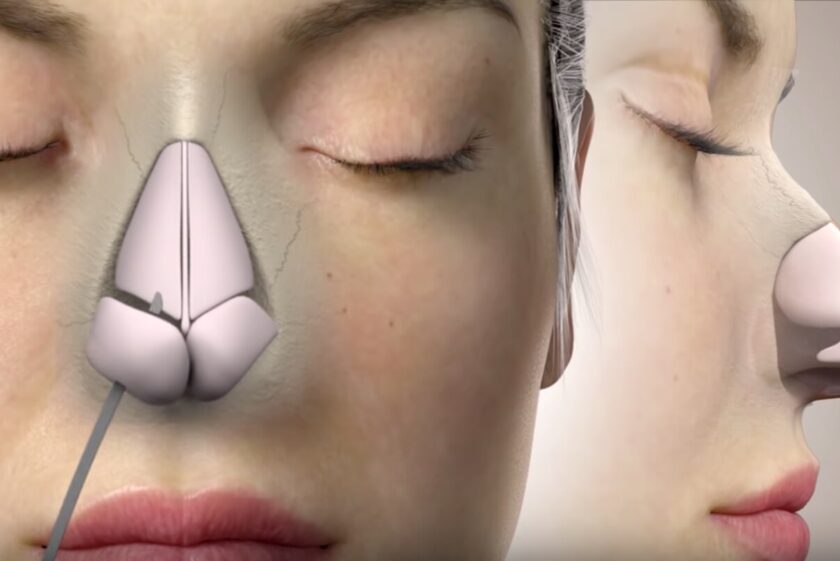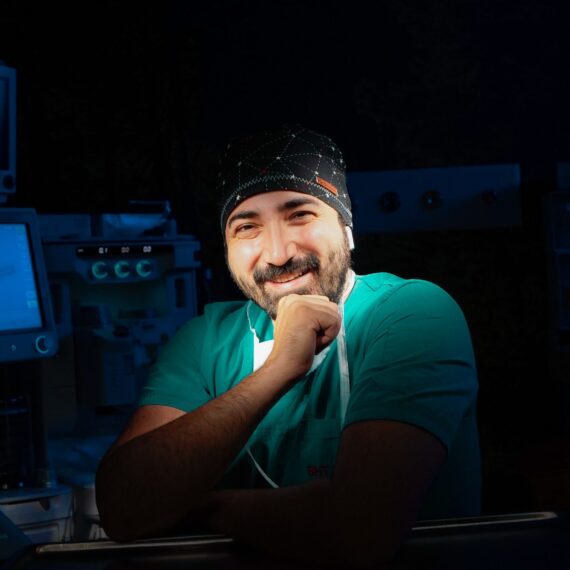- Op.Dr Serkan Balta - Personal Website
- HOME
- OP.DR SERKAN BALTA
- TREATMENTS
Hair Transplant & Dental Treatments
Hair and dental treatment services started at Elit International Clinic, the new clinic of Op.Dr Serkan Balta. - SERKAN BALTA TV
- PATIENT FEEDBACK
- BLOG
- CONTACT



Nose Aesthetics with Piezo Technique
Due to its position, the nose is one of the organs that most affect our facial expression. Aside from having a critical function such as breathing, the fact that the nose does not have "ideal" features carries the nose aesthetic operations to the top of the most applied aesthetic operations worldwide.
However, the idea that rhinoplasty operations will only be performed for cosmetic purposes, except in exceptional cases, does not reflect the truth. In all rhinoplasty operations, it is aimed to provide healthy breathing and to create a natural nose.
Nasal aesthetic operations, in which the nasal bones are cut and filed with tiny saws that produce ultrasonic vibrations and have tissue selection feature, are called "Piezo Rhinoplasty" for short.
Technological developments and the fact that patients are now more informed about rhinoplasty increase the demands for rhinoplasty with Piezo surgery.
However, the idea that rhinoplasty operations will only be performed for cosmetic purposes, except in exceptional cases, does not reflect the truth. In all rhinoplasty operations, it is aimed to provide healthy breathing and to create a natural nose.
What is Piezo
Nasal aesthetic operations, in which the nasal bones are cut and filed with tiny saws that produce ultrasonic vibrations and have tissue selection feature, are called "Piezo Rhinoplasty" for short.
Technological developments and the fact that patients are now more informed about rhinoplasty increase the demands for rhinoplasty with Piezo surgery.

As a matter of fact, the definitions made as “best”, “most successful” or “gold standard” for the techniques used in rhinoplasty operations, including Piezo surgery, do not reflect the truth, since all of the techniques used in rhinoplasty operations are determined according to the needs of the patients, nose and skin structures. .
Piezo surgery can be preferred in both open and closed rhinoplasty operations. From this point of view, it is possible to conclude that tiny saw heads working with ultrasonic vibrations are only one of the surgical instruments used in rhinoplasty surgeries.
Thanks to Piezo surgery, which is sensitive only to hard tissues such as bone, which provides very successful results when applied to selected patients;
Since the vibration strength can be adjusted according to the bone density, the bones can be cut and shaped very precisely. Therefore, the Piezo technique offers high safety and success in patients with thin bones.
Since the vessels, tissues, cartilage, nerves or muscles surrounding the bones are not intervened, the comfort of the patients increases in the postoperative period.
The nasal septum can be worked more precisely and the healing process of the patients is shortened as the soft tissues are not damaged.
Since the area to be treated is opened, it is possible for surgeons to see the area more easily and it is possible to create a safe surgical area. Accordingly, complaints such as bruising and bleeding are minimized.
Both minimal and major structural changes can be made in the nose.
Piezo surgery can be preferred in both open and closed rhinoplasty operations. From this point of view, it is possible to conclude that tiny saw heads working with ultrasonic vibrations are only one of the surgical instruments used in rhinoplasty surgeries.
What are the Advantages of Piezo Surgery?
Thanks to Piezo surgery, which is sensitive only to hard tissues such as bone, which provides very successful results when applied to selected patients;
Since the vibration strength can be adjusted according to the bone density, the bones can be cut and shaped very precisely. Therefore, the Piezo technique offers high safety and success in patients with thin bones.
Since the vessels, tissues, cartilage, nerves or muscles surrounding the bones are not intervened, the comfort of the patients increases in the postoperative period.
The nasal septum can be worked more precisely and the healing process of the patients is shortened as the soft tissues are not damaged.
Since the area to be treated is opened, it is possible for surgeons to see the area more easily and it is possible to create a safe surgical area. Accordingly, complaints such as bruising and bleeding are minimized.
Both minimal and major structural changes can be made in the nose.
Things to Know About the Recovery Process After Piezo Surgery
As I just mentioned, precision saws used during piezo surgery do not cut soft tissues. After rhinoplasty, which is performed with this device, which only starts to work on hard tissues such as bone, the recovery process of the patients is accelerated and the risk of edema and bruises is reduced as no soft tissue damage occurs.
The recovery process after piezo surgery may vary from patient to patient. The patient's age, skin thickness, the extent of the procedures performed during the operation, and whether the precautions to be taken into account in the post-operative process are followed or not can affect the healing process for those who have undergone rhinoplasty with the Piezo technique.
If I have to make a general statement, I can say that the complaints such as swelling and bruising specific to the early period will disappear within 1 week and it is possible to return to daily life.
Although the recovery process after Piezo Rhinoplasty may be more comfortable, the things that patients should pay attention to do not change. After ultrasonic rhinoplasty, patients should try not to get any blows to their noses, not do brisk sports during the recovery period and should not be exposed to the sun as much as possible.
In addition, it is important for post-operative recovery to make good dressings recommended by doctors (use of intra-nasal and extra-nasal creams, use of sea-ocean waters), not smoking, avoiding actions that increase intracranial pressure, such as lifting weights or blowing your nose.
The recovery process after piezo surgery may vary from patient to patient. The patient's age, skin thickness, the extent of the procedures performed during the operation, and whether the precautions to be taken into account in the post-operative process are followed or not can affect the healing process for those who have undergone rhinoplasty with the Piezo technique.
If I have to make a general statement, I can say that the complaints such as swelling and bruising specific to the early period will disappear within 1 week and it is possible to return to daily life.
Although the recovery process after Piezo Rhinoplasty may be more comfortable, the things that patients should pay attention to do not change. After ultrasonic rhinoplasty, patients should try not to get any blows to their noses, not do brisk sports during the recovery period and should not be exposed to the sun as much as possible.
In addition, it is important for post-operative recovery to make good dressings recommended by doctors (use of intra-nasal and extra-nasal creams, use of sea-ocean waters), not smoking, avoiding actions that increase intracranial pressure, such as lifting weights or blowing your nose.
Take a Closer Look at the Clinic
Established at the beginning of 2021, Elit International Clinic is one of the best contact points for professional hair transplant and dental treatments in Turkey. We apply the right treatment plans to our patients with our specialist doctors and our expert team of 40 people.
Play Video

Are you in a hurry?
Is there an urgency? You can communicate faster by clicking the whatsapp button below.
Plan Surgery with Op.Dr Serkan Balta
Only 1 Step Left to Achieve Your Dream Look!
Let's Call You
You can easily reach Serkan Balta's assistants by filling out the information in the form below.

FAST COMMUNICATION
You can reach us quickly using the information below.
Send E-Mail:
Call Now:
Copyright © 2022 | Serkan Balta - Digital Marketing : Click Peak Digital Agency


